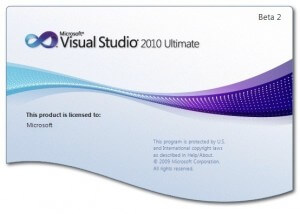
SharePoint 2010 Development – A Beginners Guide Part One
Blog PostsWell well well, look what’s happened, I have spent quite some time threatening to get into SharePoint Development and a few weeks ago I decided I would make some effort to get things going and with that in mind, of course, I wanted to share my thoughts and my journey.

